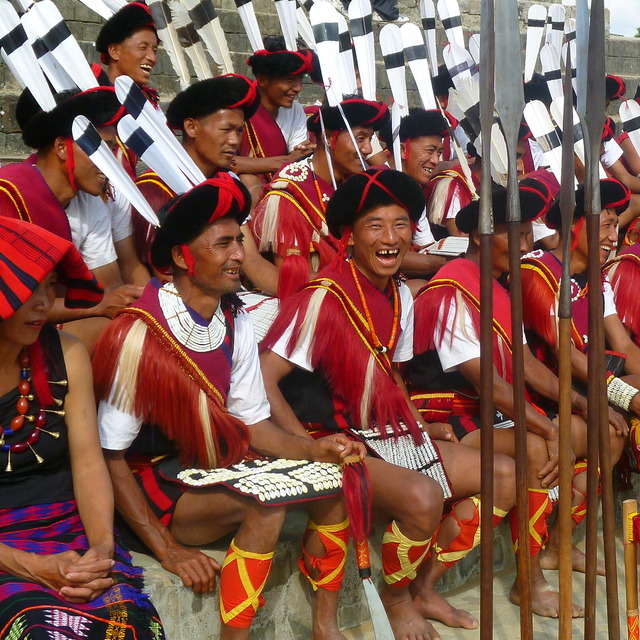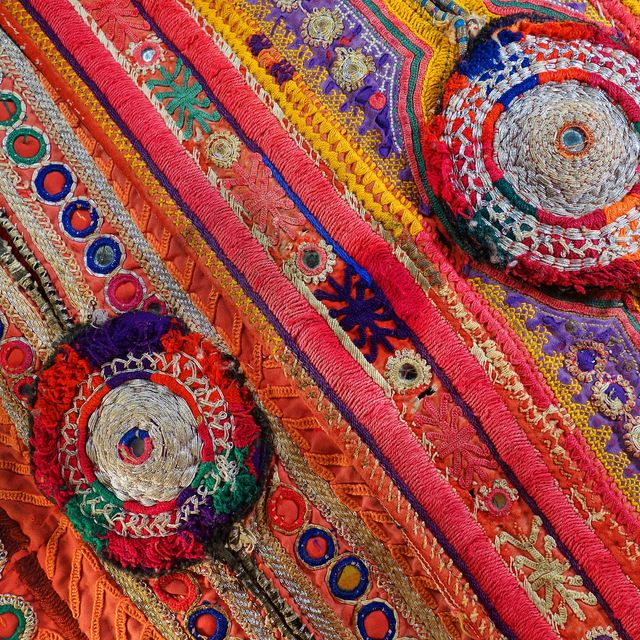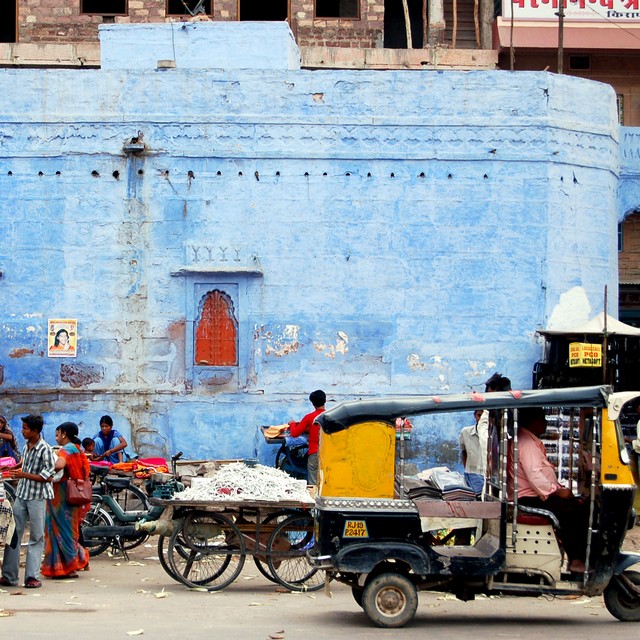
Assam & Nagaland Hornbill Festival
India
Culture | Festivals | Tribal
Wildlife, tribes & rural life in Assam and Nagaland
£2,995 pp
This is the per person group tour price, based on 2 sharing. The price is subject to change with exchange rate and flight cost fluctuations.
14 days
2026:
30 November
More

